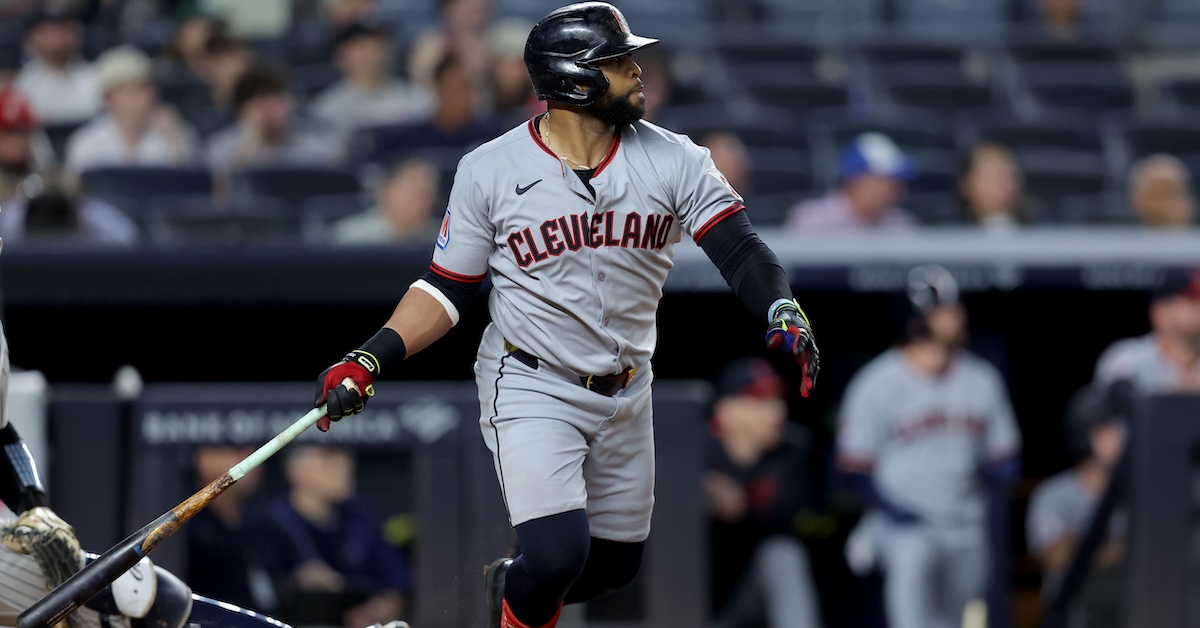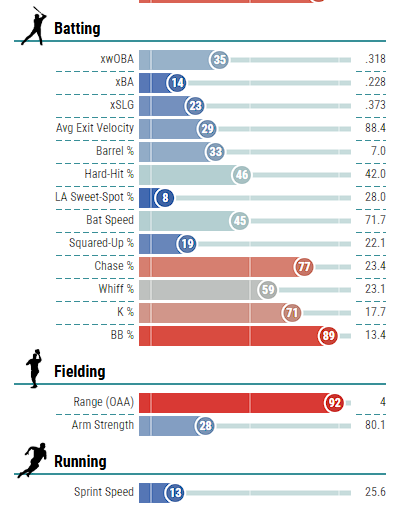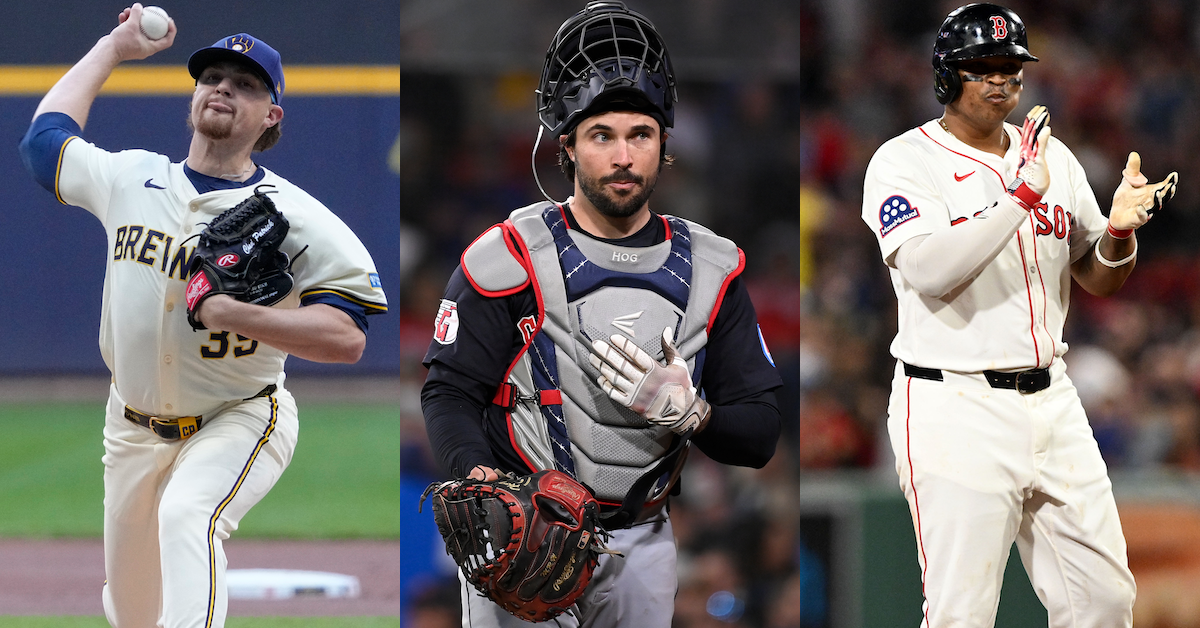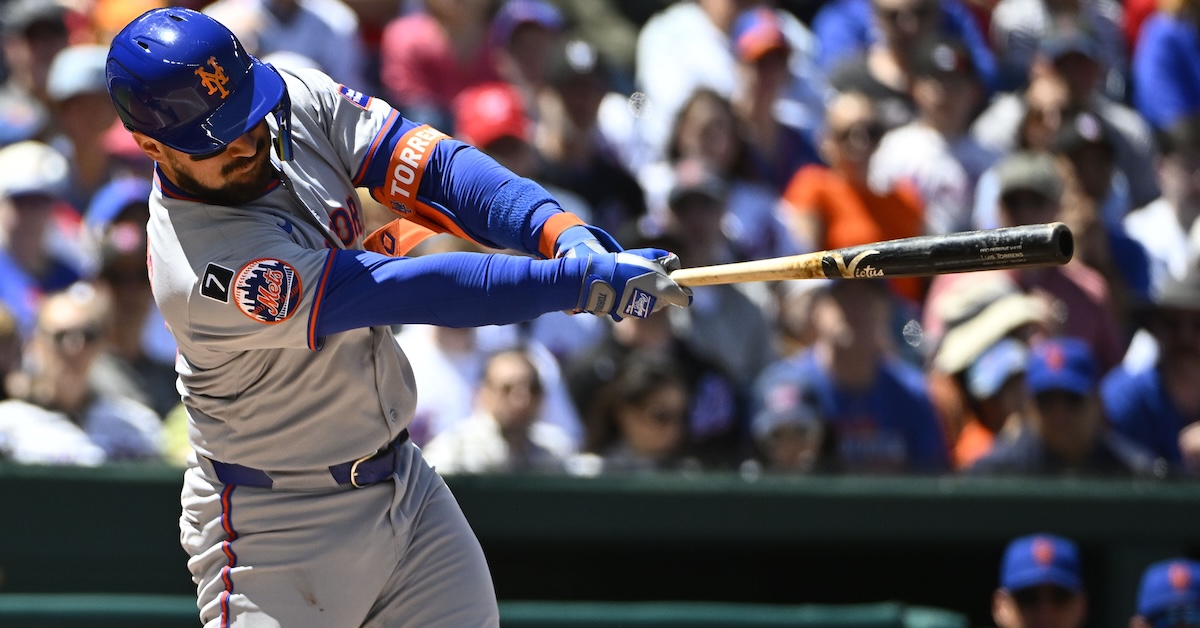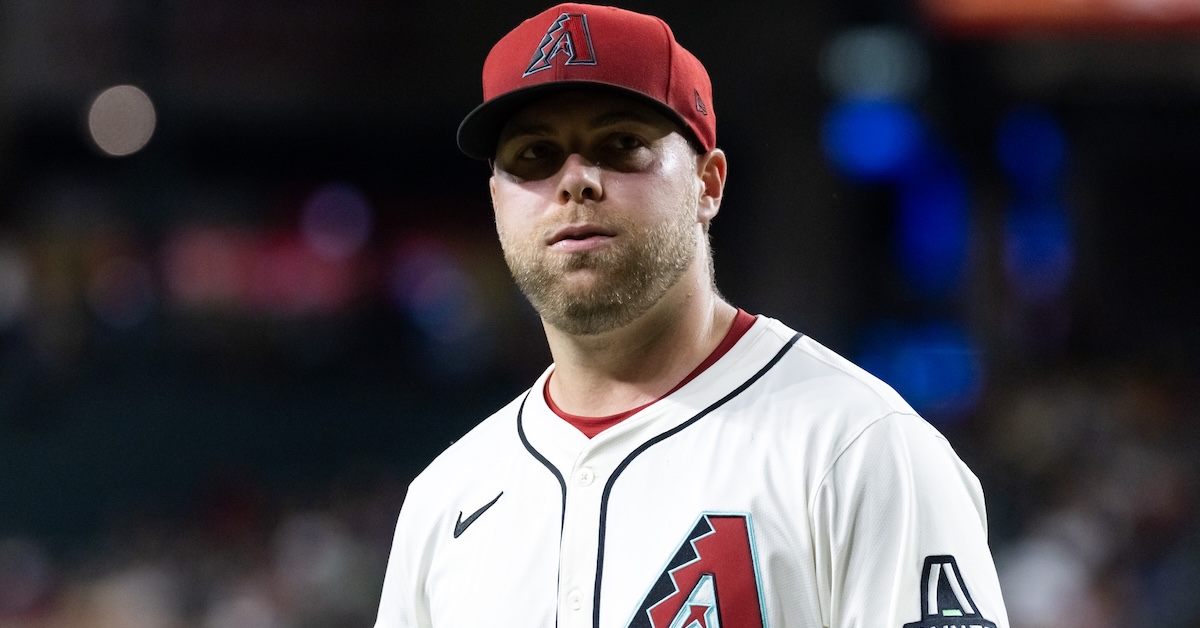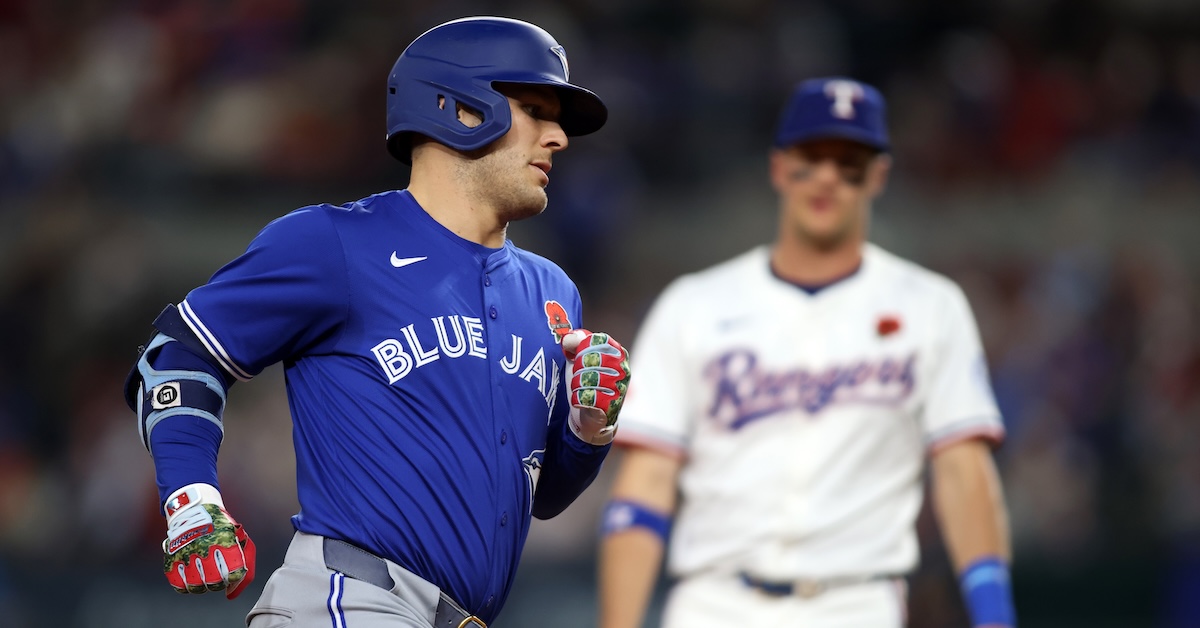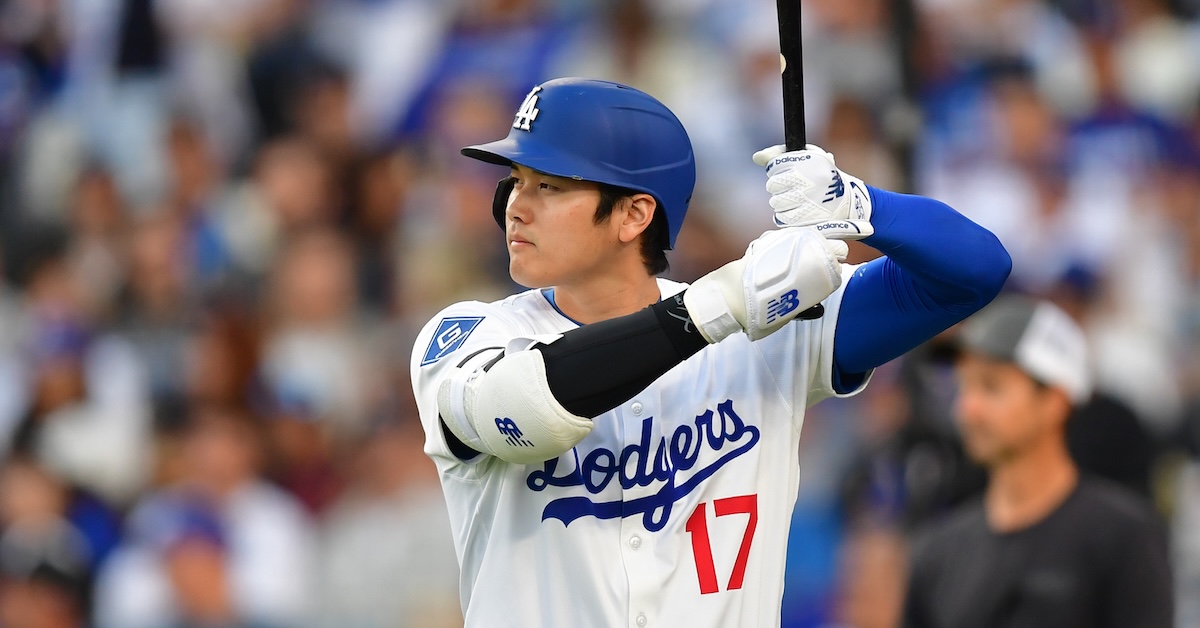The Jays Keep Churning Out Relievers
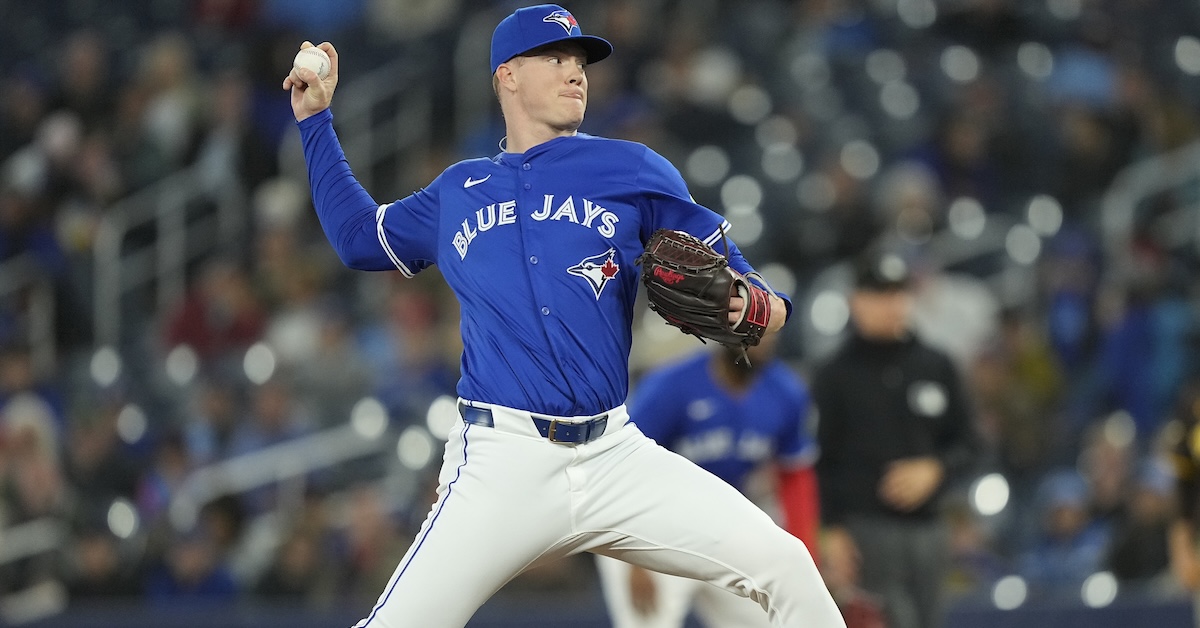
Last week, I turned on the tail end of a Blue Jays-Phillies clash. I was hoping to get some notes for an article on Alec Bohm that didn’t really come together. The game was a complete laugher, with Philadelphia leading by five runs in the ninth. All I wanted was to see Bohm put a ball in play, but instead this happened:
Braydon Fisher came out firing in that low-leverage chance. He came out firing curveballs, to be specific – 12 of his 18 offerings in the inning. The Phillies swung at them like they were learning how physics works on the fly. But so what? Anyone can look that good for one game. Major league pitchers have good stuff, more at 11.
Then I started looking at Fisher’s prior games, and I started getting more intrigued. Wait, this guy almost never throws his upper-90s fastball? Wait, he has two different plus breaking balls? Wait, his walk rate was what in the minors last year (14.2%, and above 15% in Triple-A)? I started watching more at-bats and started getting interested. The slider? It’s nasty:
The key characteristic here is velocity. At 88 miles an hour, sliders don’t give opposing hitters much time to adjust. The tight gyro shape of the pitch means it works against lefties and righties alike. His over-the-top release gives the pitch a ton of downward plane, too: Though he doesn’t induce much break on the pitch, it seems to vanish downward when he locates it around the knees.
Read the rest of this entry »


